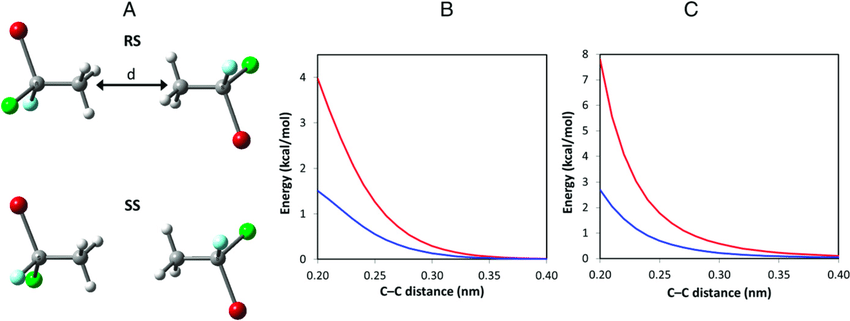

This retinoid, together with its stereoisomer 9cRA, primarily functions by binding nuclear receptors belonging to the steroid receptor superfamily. 5 With the exception of vision and some aspects of reproductive physiology, the bioactivity of vitamin A is ascribed to one of its many metabolites, atRA. Vitamin A (retinol) and its natural and synthetic derivatives (retinoids) participate in a wide range of biological processes, including vision, embryonic development, regulation of epithelial and hematopoietic cellular differentiation, and normal reproductive physiology. Vitamin A is another essential vitamin that may have use in the treatment of vascular disease, yet it has attracted surprisingly little attention in this regard. 4 Thus, vitamin E therapy may represent an approach to attack multiple processes eventuating in neointimal formation. 3 In addition, this natural nutrient scavenges reactive oxygen species that are known to produce minimally modified LDL, which is hyperatherogenic. Recently, vitamin E was shown to block neointimal thickening after balloon dilatation of the rat carotid artery. Consequently, other, more multi-interventional, approaches must be considered for the management of human neointimal formation. 1 2 The inability to limit neointimal development in humans likely relates to its complex nature, which involves inflammatory cells and their mediators, angiogenesis, and hemostasis in addition to the SMC responses described above. 1 A number of pharmacological interventions have proved to be effective in limiting experimental neointimal formation, but all such therapies have failed in clinical trials. Smooth muscle cell proliferation, migration, and extracellular matrix secretion account for a significant portion of the neointimal mass associated with atherosclerosis, cardiac transplant arteriopathy, iatrogenic restenosis, and hypertension. Retinoid compounds, already in clinical use as antiproliferative agents for nonvascular indications, should be assessed further in in vivo models of intimal disease. However, with an activated protein-1–linked chloramphenicol acetyltransferase reporter, atRA was shown to inhibit the activity of activated protein-1–dependent transcription in a transient transfection assay.Ĭonclusions These results establish the presence of functional retinoid receptors in SMCs and document the growth-inhibitory action of atRA on these cells. Growth inhibition was distal to early growth-signaling events because induction of c- fos, c- jun, and egr-1 mRNA was unaffected by atRA. DNA synthesis and cell proliferation assays were performed to show that all- trans retinoic acid (atRA) antagonized platelet-derived growth factor-BB and serum-stimulated SMC growth. Receptor activity was demonstrated in SMCs with the use of a reporter assay with a retinoid receptor DNA binding sequence linked to a chloramphenicol acetyltransferase reporter gene. Methods and Results Five of the six retinoid receptors were expressed in both cultured SMCs and aorta as determined by Northern blotting or reverse transcription-polymerase chain reaction. The present study was designed to assess the retinoid receptor mRNA expression profile in SMCs and to determine whether retinoids exert a growth-inhibitory effect in these cells. Their role in smooth muscle cell (SMC) growth control, however, has not been clearly established.

Customer Service and Ordering Informationīackground Retinoids have been used in the successful treatment of a variety of human hyperproliferative diseases.Stroke: Vascular and Interventional Neurology.Journal of the American Heart Association (JAHA).



 0 kommentar(er)
0 kommentar(er)
